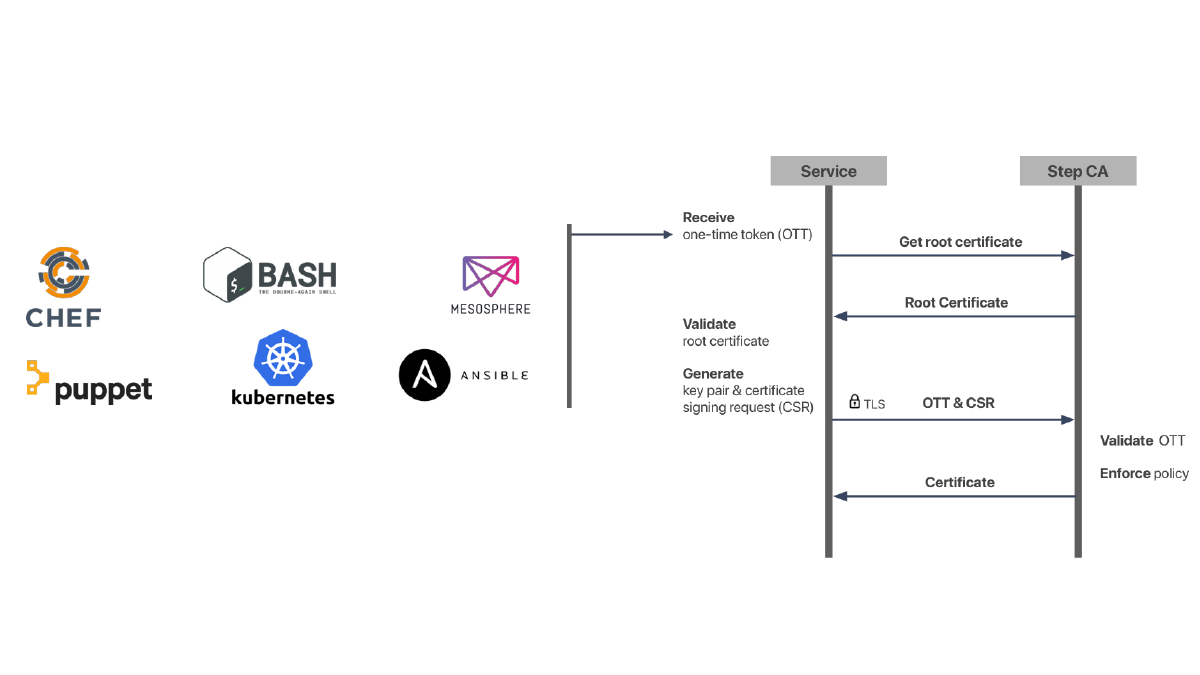The following instructions will guide you through the CSR generation process on Apache OpenSSL. To learn more about CSRs and the importance of your private key, reference our Overview of Certificate Signing Request article. If you already generated the CSR and received your trusted SSL certificate, reference our SSL Installation Instructions and disregard the steps below.
- Generate Key Code
- Linux Generate Key And Csr Program
- Linux Generate Key And Csr Key
- Generate Csr Linux
- Linux Generate Ssl Csr
Nov 21, 2019 In this article, we will explain how to generate a CSR on a Linux server or desktop using the command line. We will use Debian 10 OS for describing the procedure mentioned in this article. Getting Started. For generating CSR on a Debian OS, we will need OpenSSL tool. OpenSSL is an open-source tool widely used for generating a CSR. Enter CSR and Private Key command. Generate a private key and CSR by running the following command: Here is the plain text version to copy and paste into your terminal: openssl req -new -newkey rsa:2048 -nodes -keyout server.key -out server.csr. Note: Replace “server ” with the domain name you intend to secure. Enter your CSR details. How do I generate CSR/Private key pair via SSH. This article explains how to generate CSR/Private Key pair using the command line interface on a Linux operating system. You will need an SSH client on your local computer if accessing via SSH, something like Putty (for windows) or the Terminal on a linux.
1. Log In
Log in to your server’s terminal via Secure Shell (SSH).
2. Run CSR Generation Command
Generate a private key and CSR by running the following command:Here is the plain text version to copy and paste into your terminal:
Note: Replace “server” with the domain name you intend to secure.


3. Enter your Information
Enter the following CSR details when prompted:
- Common Name: The FQDN (fully-qualified domain name) you want to secure with the certificate such as www.google.com, secure.website.org, *.domain.net, etc.
- Organization: The full legal name of your organization including the corporate identifier.
- Organization Unit (OU): Your department such as ‘Information Technology’ or ‘Website Security.’
- City or Locality: The locality or city where your organization is legally incorporated. Do not abbreviate.
- State or Province: The state or province where your organization is legally incorporated. Do not abbreviate.
- Country: The official two-letter country code (i.e. US, CH) where your organization is legally incorporated.
Generate Key Code
Note: You are not required to enter a password or passphrase. This optional field is for applying additional security to your key pair.
4. Copy the CSR text from the file
Locate and open the newly created CSR in a text editor such as Notepad and copy all the text including:
Note 1: Your CSR should be saved in the same user directory that you SSH into unless otherwise specified by you. Note 2: We recommend saving or backing up your newly generate “.key” file as this will be required later during the installation process.
5. Generate the order
Linux Generate Key And Csr Program
Return to the Generation Form on our website and paste the entire CSR into the blank text box and continue with completing the generation process.
Linux Generate Key And Csr Key
Upon generating your CSR, your order will enter the validation process with the issuing Certificate Authority (CA) and require the certificate requester to complete some form of validation depending on the certificate purchased. For information regarding the different levels of the validation process and how to satisfy the industry requirements, reference our validation articles.
Openssl generate pem certificate and key. After you complete the validation process and receive the trusted SSL Certificate from the issuing Certificate Authority (CA), proceed with the next step using our SSL Installation Instructions for Apache OpenSSL.